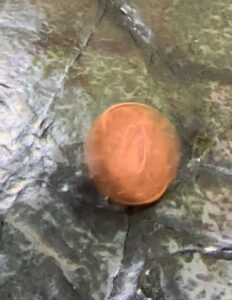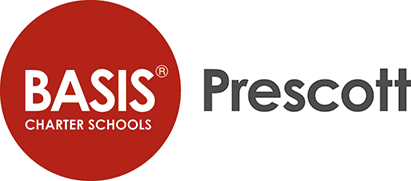Week 7: Heads or Tails
Hello everybody!
This week I began working on my “journey through encryption” pamphlet! Even though I’ve just begun on this part of my project, I have already come across several unexpected challenges. The most notable issue is that I am simply not an artist in any way, shape, or form (as you all have experienced throughout my blogs), yet a large part of developing my pamphlet relies on my ability to incorporate visual elements and activities for my readers. At this point, I am considering investing in an app that will help me draw graphs and diagrams, but if anyone has any recommendations or tips for me, I would appreciate your advice!

So far, I have organized my pamphlet chronologically, including the dates of discovery for all of the different mathematical topics I have researched up to this point. One of the things I discussed with Dr. Ismert this week, however, is the importance of distinguishing mathematical topics that are important to understanding encryption and the actual encryption processes themselves. Initially, I had all of the topics on the same timeline in my Table of Contents, but I have since reorganized them into two separate timelines, one for topics that are relevant to encryption and one for encryption algorithms and key exchange algorithms. I’m still playing around with how exactly I want to distinguish the difference throughout my pamphlet, outside of the table of contents.
Another challenge I have come across is deciding how in-depth I want to go when discussing the mathematics behind these algorithms. I want to highlight the beautiful and fascinating aspects of the algorithms I have studied, but I don’t want the mathematics to hinder the accessibility of my pamphlet. At this point, finding the middle ground between technicality and generalization seems to be the most difficult part of developing my pamphlet. I am hoping that by incorporating some storytelling, visuals, and short activities, I will be able to explain important themes and ideas without delving too deeply into the numbers behind the scenes. Ultimately, my hope is that my pamphlet will reveal why advances in encryption are necessary in order to uphold digital security and that the development of previous methods of encryption will help readers connect to the quantum advances occurring today!
I also realized that I haven’t discussed quantum computing itself in very much depth, and I hope to dedicate one of the chapters of my pamphlet to discussing how quantum computers work themselves. I still have some research to do in this area, but Dr. Ismert has provided me with several resources and explained an interesting perspective on how qubits work that I would like to share with all of you in this post! I believe I mentioned at the very beginning of my project that classical computers, such as the one you may be reading this blog on, store data using “bits,” a term which you are now familiar with. While a single bit can only be a zero or a one, a qubit can simultaneously be both at the same time.
Imagine a penny spinning on a table. We know that when you flip a penny, it will either land heads or tails, similar to how when you read a qubit, it will ultimately be either a zero or one. However, as the penny spins on the table, at any given moment it is a bit of heads and tails. Imagine you were to try to take a picture at any instant it spins on the table. The penny won’t ever be entirely heads or tails, rather, you will be able to see a bit of both sides of the coin. This is how a qubit stores data. At any one instant, superposition allows a qubit to be both zero and one. This phenomenon is exactly why qubits can store much more data than bits can. In a three-bit string, there are exactly three pieces of information. Three qubits, however, can store up to eight pieces of information. Each qubit can store two bits of information, and because qubits interfere with one another, there are more possible states that the three qubits can be in at any one moment. This means that instead of adding 2+2+2, we multiply 2x2x2, or raise 3^2, to get 8 bits of information. While this doesn’t seem like a large difference in this example, consider the difference between 20 bits and 20 qubits. 20 bits can store twenty pieces of information, while 20 qubits can store 1048576 (2^20) pieces of information. The exponential difference between quantum computers and classical computers is exactly why quantum supremacy requires more complex encryption algorithms that can withstand this level of computing power.

One common misconception, however, is that quantum computers are better at EVERYTHING in comparison to classical computers and that one day you will have access to a quantum computer in your own home. This is simply not true. Quantum computers give estimates of how probable different results are, whereas a classical computer provides straightforward answers. This means that quantum computers are better at solving certain types of problems, whereas classical computers are more efficient at others. Also, because qubits interfere with one another, they are incredibly unstable at room temperature and require extreme cold to keep the energy of the photons and electrons low enough to be controllable. Next week, I hope to be able to discuss exactly why quantum computers are better at breaking encryption schemes than classical computers and provide more updates on my pamphlet! That’s all for this week!

Comments:
All viewpoints are welcome but profane, threatening, disrespectful, or harassing comments will not be tolerated and are subject to moderation up to, and including, full deletion.